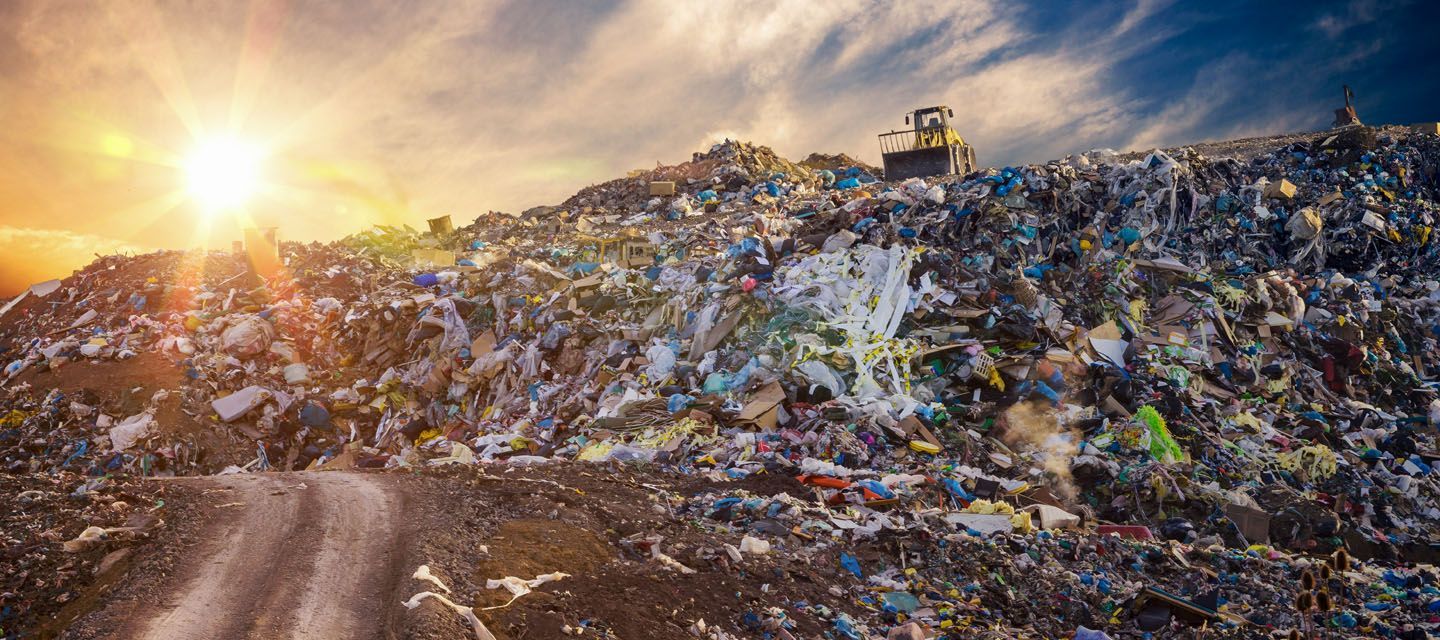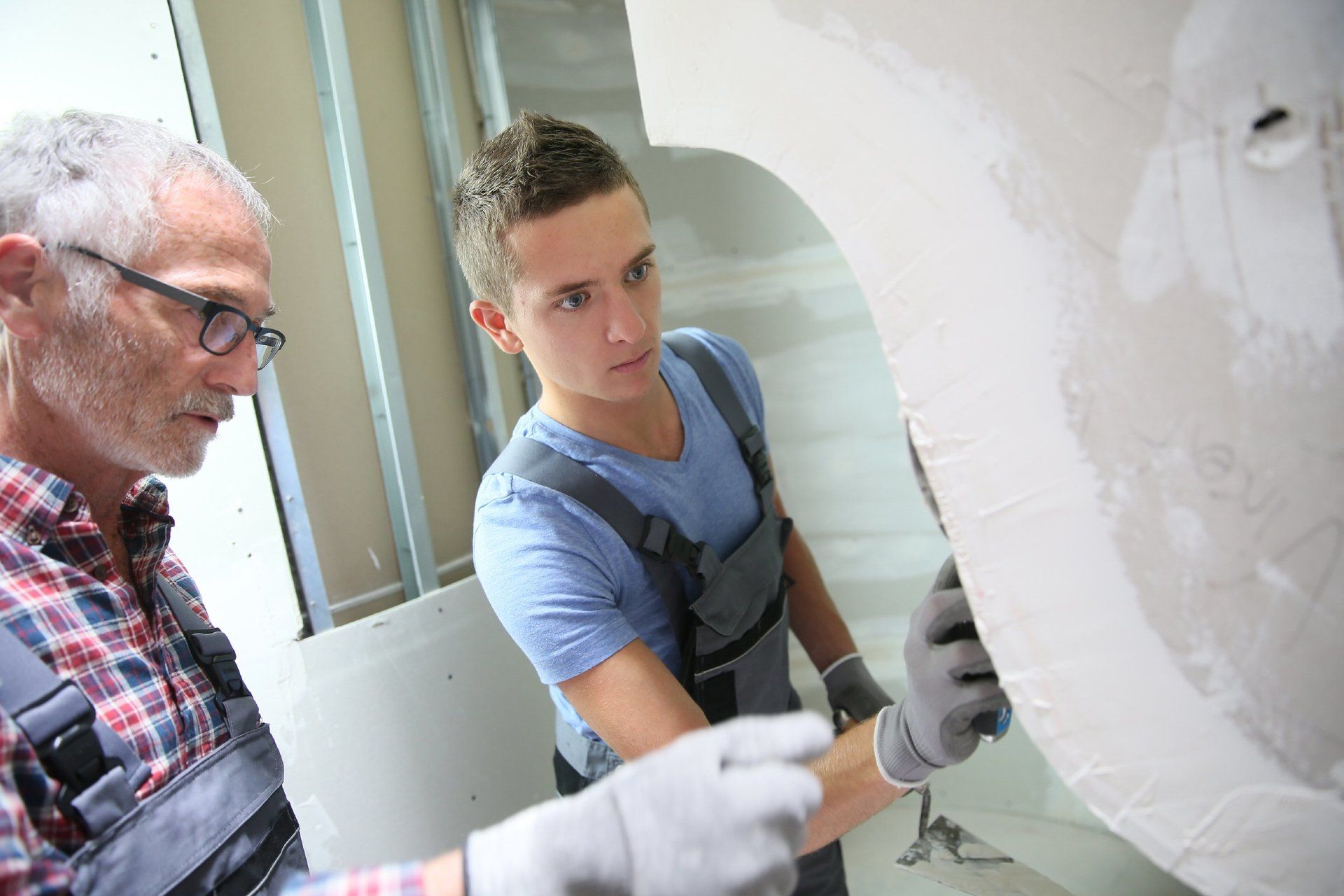Protecting the Future: Ensuring Asbestos Safety in Schools under the CAR 2012 Guidelines
Understanding the dangers of asbestos in schools

Asbestos is a hazardous material that was widely used in construction and building materials until its ban in the late 1990s. Despite being banned, many schools in the UK still contain asbestos, posing a significant risk to the health and safety of pupils and staff. The Control of Asbestos Regulations 2012 (CAR 2012) provides guidelines for managing asbestos in schools to ensure the safety of everyone within the premises.
Asbestos is a fibrous mineral that, when disturbed, releases microscopic fibres into the air. These fibres can be easily inhaled and, over time, can cause serious health problems, including lung cancer, mesothelioma, and asbestosis. Schools built before the year 2000 are likely to contain asbestos, especially in materials such as insulation, ceiling tiles, and pipe lagging. It is crucial to understand the dangers of asbestos in schools to effectively manage and mitigate the risks associated with its presence.
Overview of the CAR 2012 guidelines
The CAR 2012 guidelines outline the legal responsibilities of duty holders, including school authorities, in managing asbestos in schools. These guidelines provide a systematic approach to ensure the safety of occupants and visitors by identifying and managing asbestos-containing materials (ACMs).
Under the CAR 2012 guidelines, schools must adopt a robust management plan for managing their asbestos containing materials which involves conducting a thorough survey to identify the presence of asbestos and assessing its condition. A comprehensive and effective asbestos management plan must be developed, detailing the location of ACMs, their condition, and the actions to be taken to manage the risks. This plan should be regularly reviewed and updated to reflect any changes in the condition of the ACMs or the school premises.
Importance of a comprehensive asbestos management plan
A comprehensive asbestos management plan is essential to protect the health and safety of pupils, staff, and visitors in schools. This plan should include detailed information on the location and condition of ACMs, as well as the measures in place to manage and monitor them.
The asbestos management plan should outline the responsibilities of key personnel, such as the school management, maintenance staff, and contractors, in ensuring the safe management of asbestos. It should also include procedures for regular inspections, risk assessments, and the ongoing monitoring of ACMs. By having a well-defined plan in place, schools can effectively manage the risks associated with asbestos and ensure the safety of everyone on the premises.
Contractor control and permits to work
When it comes to managing asbestos in schools, contractor control is of utmost importance. Any work, not just that involving the disturbance of asbestos should be carried out by competent and licensed contractors who have the necessary knowledge and experience in working around or handling asbestos safely.
Before any work commences, a permit to work should be obtained, detailing the nature of the work, the precautions to be taken, and the control measures in place. This ensures that all necessary safety measures are followed and that the risk of asbestos exposure is minimized.
It is crucial for schools to establish a clear process for contractor control, including the selection and vetting of contractors, ensuring they have the appropriate asbestos awareness qualifications, licenses, and insurance. Regular monitoring and auditing of contractors' work should also be conducted to maintain compliance and ensure the safety of those working with asbestos.
Labelling of asbestos-containing materials
Although not a legal requirement, proper labelling of ACMs is a critical aspect of asbestos management in schools. All identified ACMs should be clearly labelled to alert individuals to their presence and the potential risks associated with them. This ensures that anyone working or coming into contact with these materials is aware of the precautions to be taken.
Labels should include the necessary information, such as the date of identification, the type of asbestos present, and any specific handling instructions. Clear signage should also be displayed in areas where ACMs are present, indicating the potential dangers and the necessary control measures.
By ensuring proper labelling of ACMs, schools can raise awareness among staff, pupils, and visitors about the presence of asbestos and the importance of following safety protocols to prevent exposure.
Current recommendations for managing asbestos in schools
The current recommendations for managing asbestos in schools focus on leaving ACMs in situ if they are in good condition and not likely to be disturbed. This approach, known as "managed asbestos removal," involves regular monitoring and maintenance to ensure the ACMs remain stable and pose minimal risk.
It is important for schools to regularly inspect and assess the condition of ACMs, looking for signs of damage or deterioration. If any changes are detected, appropriate action should be taken immediately to prevent further deterioration and potential exposure.
In some cases, where ACMs are deemed to be in a poor condition or pose a significant risk, removal may be necessary. However, this should only be carried out by licensed professionals following strict safety procedures to minimize the risk of fibre release.
The role of Consulo Compliance in ensuring asbestos safety
Consulo Compliance is a leading provider of asbestos management services, specializing in helping schools and educational institutions ensure compliance with the CAR 2012 guidelines. With their expertise and experience, Consulo Compliance can assist schools in developing and implementing comprehensive asbestos management plans, conducting surveys, and providing training and education on asbestos safety.
By partnering with Consulo Compliance, schools can benefit from their knowledge and support in effectively managing asbestos, reducing the risks associated with its presence, and ensuring the safety of pupils, staff, and visitors.
Training and education on asbestos safety in schools
Proper training and education on asbestos safety are crucial in ensuring the well-being of everyone in schools. Staff members should receive regular training on identifying and managing asbestos, as well as understanding the risks and precautions to be taken.
Schools should also educate pupils on the dangers of asbestos and the importance of following safety protocols. This can be done through age-appropriate awareness programs, classroom discussions, and informative materials. By instilling a culture of asbestos safety from a young age, schools can empower pupils to make informed decisions and protect themselves and others.
The impact of asbestos on pupils and staff
The presence of asbestos in schools can have a severe impact on both pupils and staff. Prolonged exposure to asbestos fibres can lead to serious health conditions, including lung cancer, mesothelioma, and asbestosis, which may not manifest until many years later.
Children, in particular, are at a higher risk due to their developing respiratory systems and longer life expectancy. Staff members who work in close proximity to asbestos-containing materials are also susceptible to the health risks associated with asbestos exposure.
By implementing comprehensive asbestos management plans and following the guidelines set out in the CAR 2012, schools can minimize the risk of asbestos-related diseases and ensure the safety and well-being of everyone within their premises.
Conclusion: Taking action to protect the future
Asbestos poses a significant risk to the health and safety of pupils, staff, and visitors in schools. It is crucial for schools to understand the dangers of asbestos and implement effective measures to manage and mitigate these risks.
By adhering to the CAR 2012 guidelines, developing comprehensive asbestos management plans, and partnering with experts like Consulo Compliance, schools can ensure compliance and create a safe environment for teaching and learning.
Remember, the future of our children depends on the actions we take today. Contact Consulo Compliance today to ensure your school is compliant with The Control of Asbestos Regulations 2012 and protect the well-being of everyone in your educational institution.
Contact Consulo Compliance today to ensure your school is compliant with The Control of Asbestos Regulations 2012









